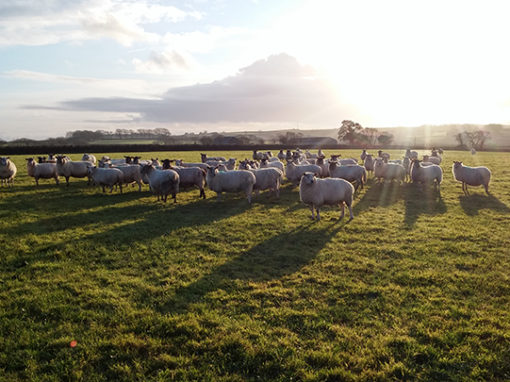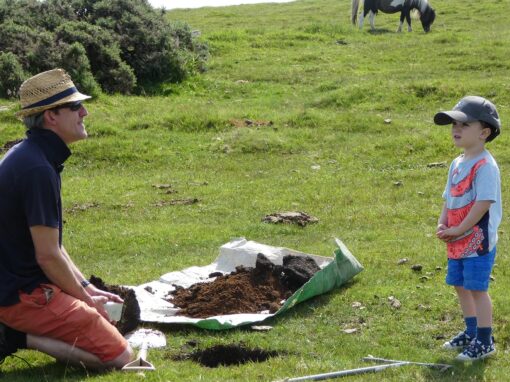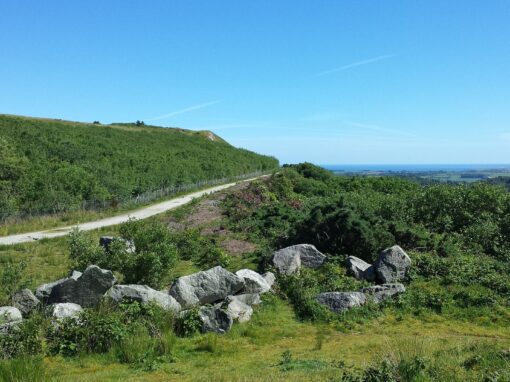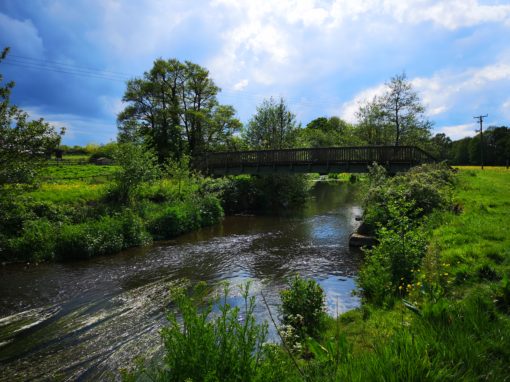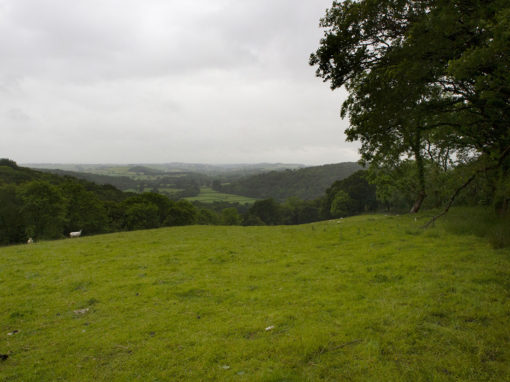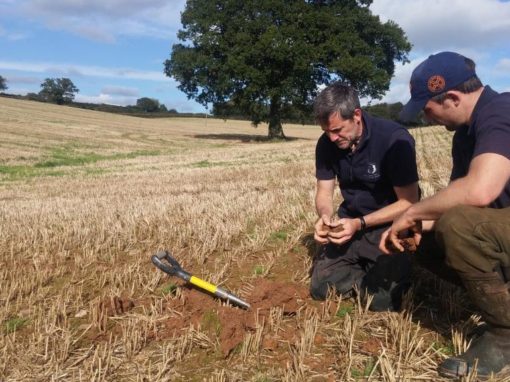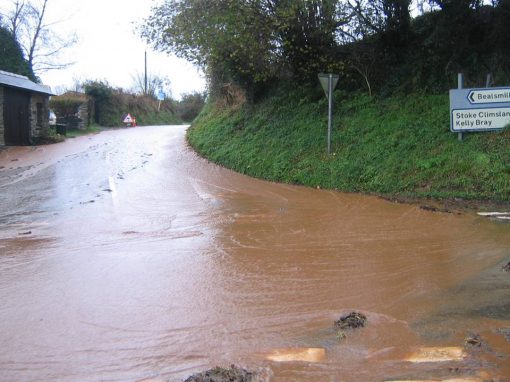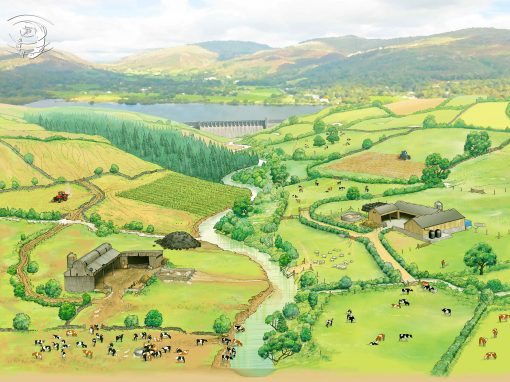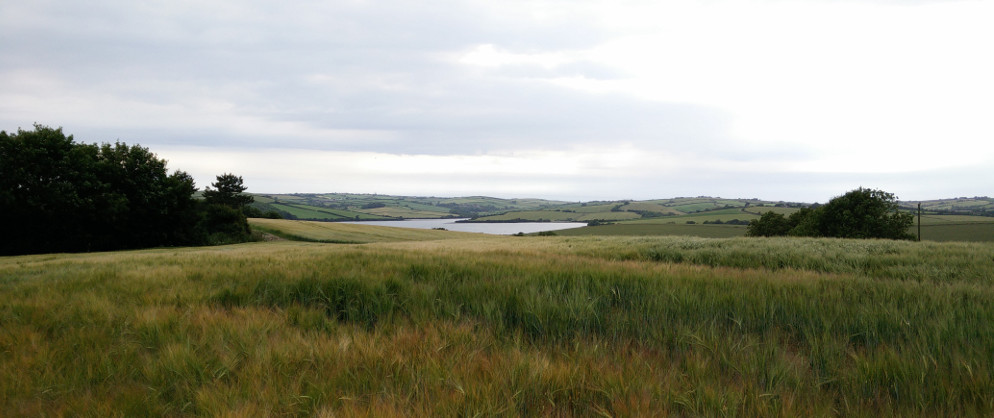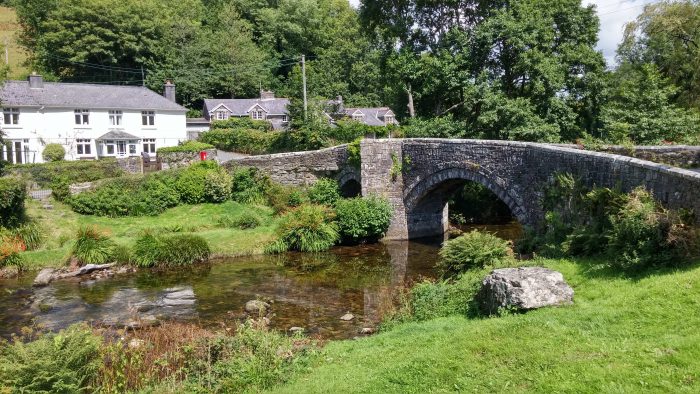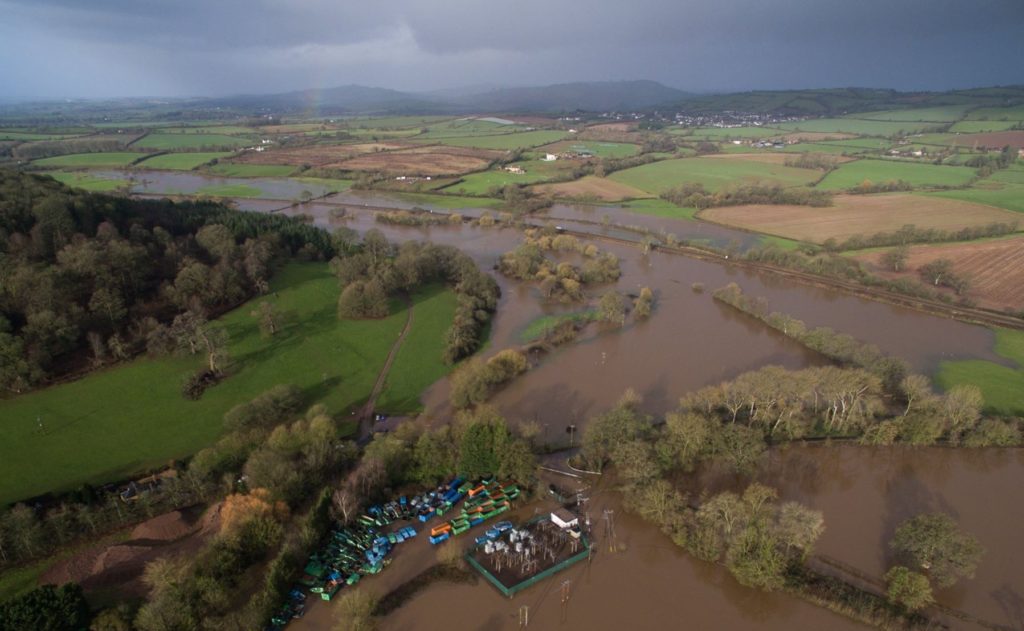This project has now closed
Blackdown Hills Area of Outstanding Natural Beauty (AONB) is embarking on a new project to find natural solutions to some of the issues facing the River Culm and its catchment, and Westcountry Rivers Trust is a part of it.
We want you to be too – take part in the Connecting the Culm survey to help create a better future for the River Culm. Click on the button below to share your views.
This new initiative called Connecting the Culm is part of Co-Adapt, a €7million project involving eight European projects (including three in the UK). The projects will encourage local communities and key organisations to work collaboratively to ‘co-create’ solutions to make us more resilient to the effects of climate change, while also supporting the natural world.
The aims of Connecting the Culm are to make the River Culm and its floodplain more resilient to flood and drought, improve water quality, support biodiversity and habitat, and involve local people and organisations in the process of exploring solutions and making decisions.
This three-year project (Jan 2019 to June 2022) has received 60% of it’s funding from the European Regional Development Fund, through the Interreg 2 Seas programme.
Connecting the Culm has been developed by a partnership of organisations including Devon County Council, Environment Agency, Mid Devon District Council and the National Trust and will be led by Blackdown Hills AONB.
Long-Term Vision
The project will begin with a catchment-wide study and scenario-modelling exercise, through which we will build an understanding and evidence base for interventions that could be made. This will underpin a long-term vision for the catchment which will be co-created with local communities and organisations.
There will be three ‘demonstration zones’ where new techniques will be implemented and monitored:
- Headwaters zone in the Blackdown Hills AONB –Interventions might include restoring the mires where the river and its tributaries arise whilst improving the fortunes for the endangered population of white-clawed crayfish.
- Mid-catchment zone – Opportunities to implement ‘nature-based solutions’ in the mid-catchment will be investigated with local landowners and communities, including in the Cullompton area around the proposed Culm Garden Village development.
- Floodplain zone north of Exeter – working with land managers to re-establish natural processes on the river floodplain, and engaging communities in the process.
Connecting the Culm Project team
Steven Johnson has been appointed as Connecting the Culm’s project manager and has joined the Blackdown Hills AONB office in Hemyock. He will lead a team of experienced and skilled contractors who will focus on specific areas of the project:
- Westcountry Rivers Trust will be leading the development of nature-based solutions, supporting communications and events as well as undertaking hydrological monitoring and evaluating the co-creation achieved through the project
- JBA Consulting will be undertaking modelling work and producing the whole catchment study to improve understanding of the river catchment
- Catherine Farnell will be leading education elements of the project
- Devon Biodiversity Records Centre will be monitoring biodiversity
About the Co-Adapt project
In addition to Connecting the Culm there are two other UK projects taking part in the Co-Adapt project:
Flood Plain Resilience project – Communities and landowners on the Somerset Levels changing land use and management and developing plans to make the area more resilient to flood and drought. This will involve the Somerset Rivers Authority, Somerset Wildlife Trust, Farming and Wildlife Advisory Group (FWAG) and the County Council.
Porlock Vale Streams project – Led by the National Trust, this will include restoring moorland in the headwaters, reconnecting rivers with their floodplain, species reintroduction, creating flood meadows, ponds and seasonal wetlands on the floodplain; and restoring natural processes to deliver benefits for people and nature.
The Co-Adapt project will bring £2.53m from the European Regional Development Fund over the next three-and-a-half years for these projects in Devon and Somerset.
A total of €7.3 million has come from the Interreg 2 Seas funding programme – a European Territorial Cooperation Programme covering England, France, the Netherlands and Belgium (Flanders). The Programme is part-financed by the European Regional Development Fund.
Why Co-Adapt?
The Co-Adapt project (short for Climate Adaptation through Co-creation) is designed to help us adapt to climate change.
Co-Adapt will use a revolutionary new approach known as ‘adaptation pathways’ which focuses on ways we can improve understanding and adapt to environmental pressures. This means local authorities and communities can make effective plans and long-term decisions in the face of climate uncertainty.
There are two main responses to climate change: mitigation and adaptation. ‘Mitigation’ addresses the root causes of climate change by reducing greenhouse gas emissions, whereas ‘adaptation’ seeks to lessen the risks posed by the consequences of climatic change. Adaptation is crucial because even if emissions are dramatically decreased in the next decade and the most severe climate change impacts are avoided, we will still need to adapt to deal with the global changes that have already been set in motion.
Want to find out more?
Read more about Connecting the Culm
Of course, a vital component in Connecting the Culm will be collaborating with people – residents, organisations and landowners in the catchment area – to find solutions to the environmental challenges we face.
Subbscribe to the Blackdown Hills AONB mailing list for updates.
Blackdown Hills AONB is a partnership funded by Department for Environment, Food and Rural Affairs (Defra), Devon County Council, Somerset County Council, East Devon District Council, Mid Devon District Council and Somerset West and Taunton council.
Photos courtesy of Blackdown Hills AONB.
Other Land Management Activities
